Rising Vehicle Production and Sales
The Automotive Adaptive Headlight Market is also benefiting from the rising production and sales of vehicles worldwide. As the automotive industry continues to recover and expand, the demand for advanced lighting systems is increasing. In recent years, vehicle production has seen a steady rise, with millions of units being manufactured annually. This growth is particularly evident in regions where economic conditions are improving, leading to higher disposable incomes and increased vehicle ownership. As more vehicles are produced, the integration of adaptive headlight systems is becoming more common, further propelling the market. The Automotive Adaptive Headlight Market is thus poised for growth, driven by the overall expansion of the automotive sector.
Increased Focus on Energy Efficiency
The Automotive Adaptive Headlight Market is witnessing an increased focus on energy efficiency, driven by both consumer preferences and environmental concerns. As automakers strive to reduce the carbon footprint of their vehicles, the demand for energy-efficient lighting solutions is on the rise. Adaptive headlights, particularly those utilizing LED technology, offer significant advantages in terms of energy consumption compared to traditional halogen lights. This shift towards energy-efficient solutions is not only beneficial for the environment but also aligns with regulatory trends aimed at reducing emissions. As a result, the Automotive Adaptive Headlight Market is likely to see a growing emphasis on the development and adoption of energy-efficient lighting technologies, which could reshape the competitive landscape.
Consumer Demand for Enhanced Safety Features
There is a growing consumer demand for enhanced safety features in vehicles, which is significantly influencing the Automotive Adaptive Headlight Market. As consumers become more aware of the importance of safety in driving, they are increasingly seeking vehicles equipped with advanced lighting systems. Studies indicate that vehicles with adaptive headlights can reduce nighttime accidents by up to 30%, making them an attractive option for safety-conscious buyers. This shift in consumer preferences is prompting manufacturers to prioritize the development of adaptive headlight technologies. Consequently, the Automotive Adaptive Headlight Market is likely to expand as more consumers opt for vehicles that offer superior visibility and safety, thereby driving sales and innovation.
Technological Advancements in Lighting Systems
The Automotive Adaptive Headlight Market is experiencing a surge in technological advancements, particularly with the integration of LED and laser technologies. These innovations enhance visibility and energy efficiency, which are critical for modern vehicles. The market for adaptive headlights is projected to grow at a compound annual growth rate of approximately 8% over the next five years, driven by the demand for improved safety features. Furthermore, the incorporation of smart technologies, such as automatic beam adjustment and glare-free high beams, is becoming increasingly prevalent. This trend not only improves nighttime driving conditions but also aligns with consumer preferences for advanced safety features. As manufacturers continue to innovate, the Automotive Adaptive Headlight Market is likely to witness a significant transformation, making vehicles safer and more efficient.
Regulatory Influence on Automotive Safety Standards
Regulatory bodies are playing a pivotal role in shaping the Automotive Adaptive Headlight Market. Stricter safety regulations and standards are being implemented to enhance vehicle safety, particularly in low-light conditions. For instance, many regions are mandating the use of adaptive headlights to reduce accidents caused by poor visibility. This regulatory push is expected to drive the adoption of advanced lighting technologies, as manufacturers strive to comply with these evolving standards. The market is likely to see an increase in investments aimed at developing compliant adaptive headlight systems. As a result, the Automotive Adaptive Headlight Market is positioned for growth, as compliance with safety regulations becomes a priority for automotive manufacturers.


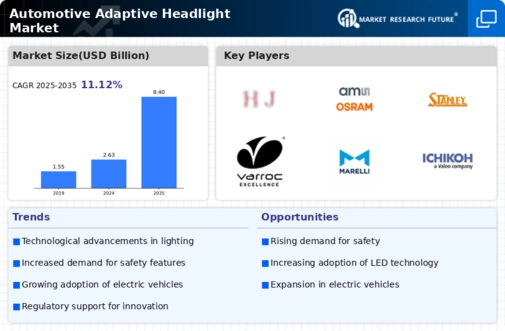
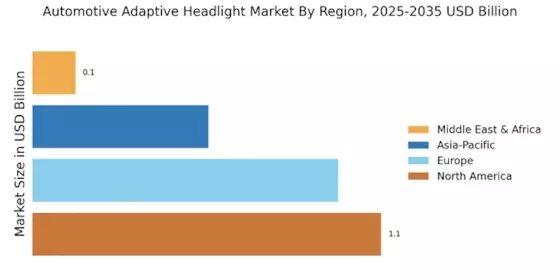


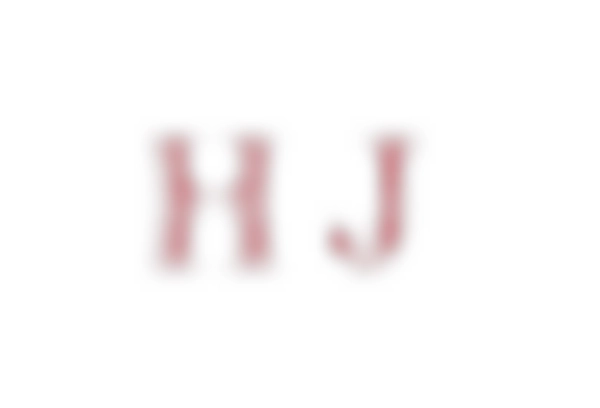

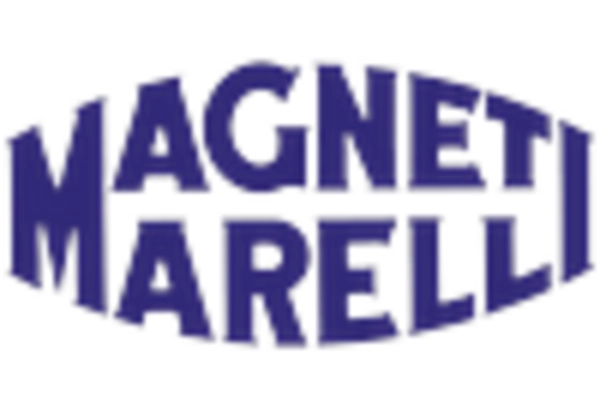
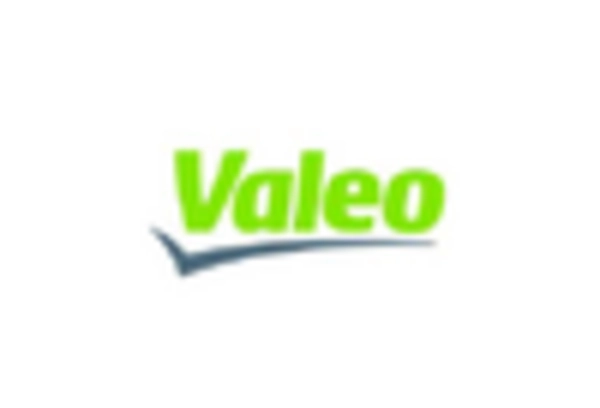








Leave a Comment